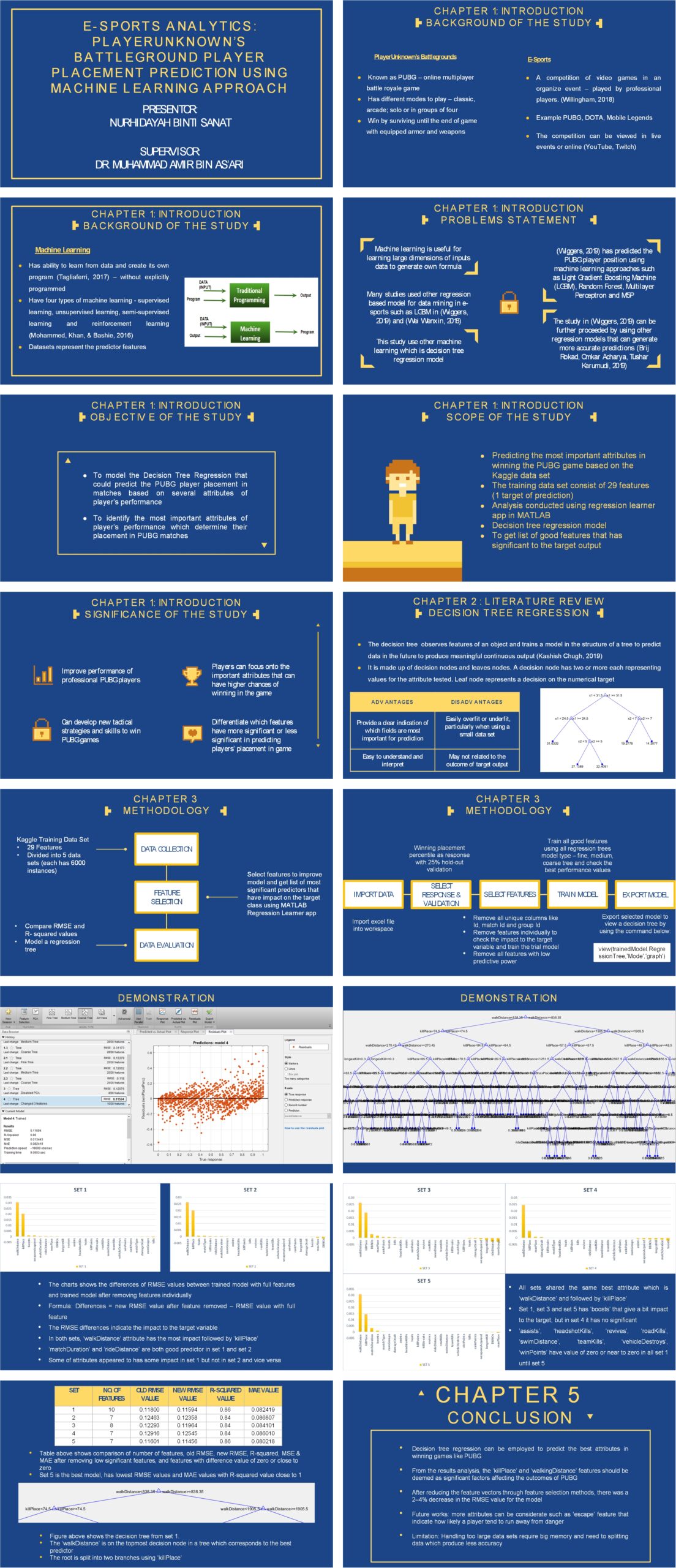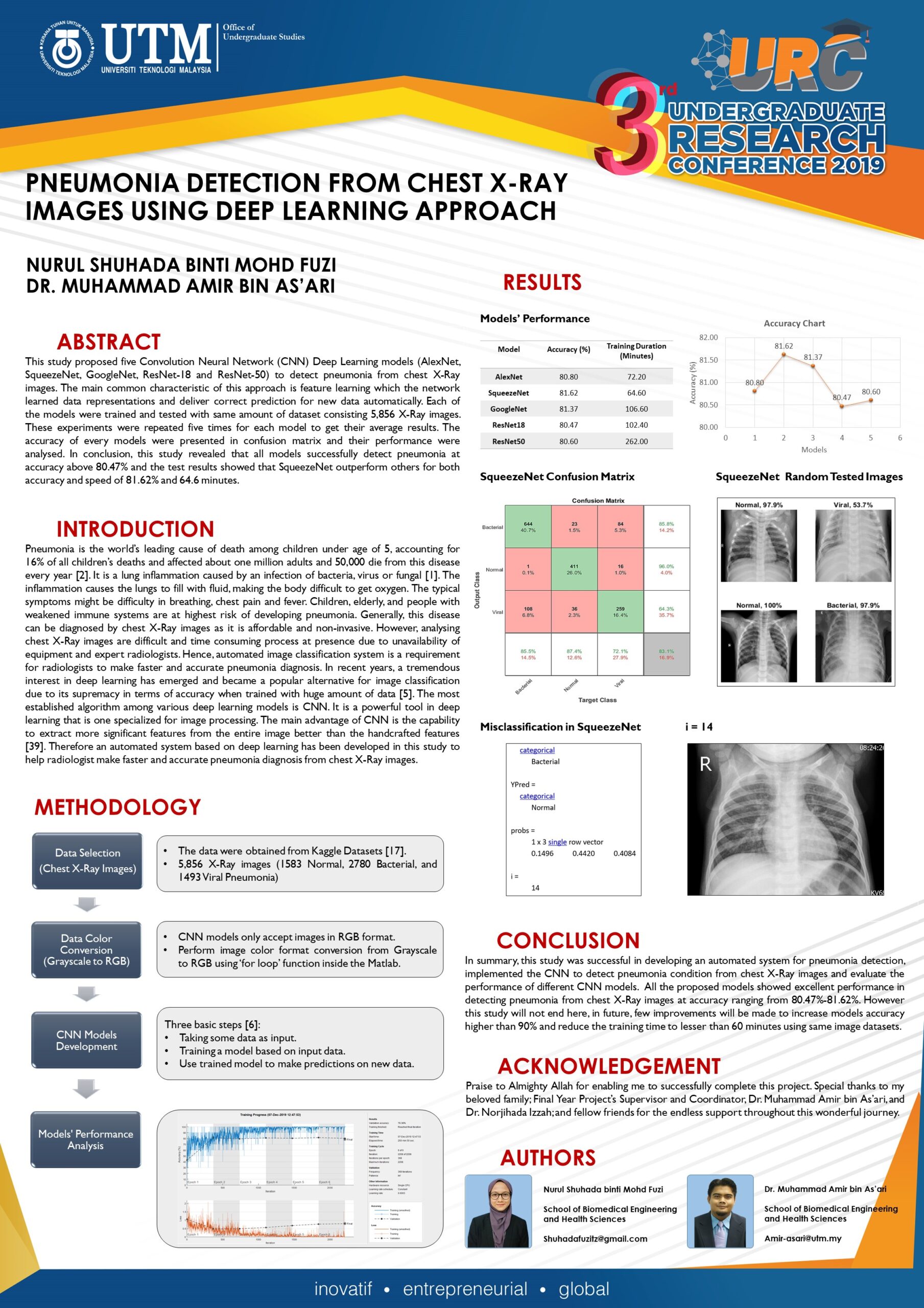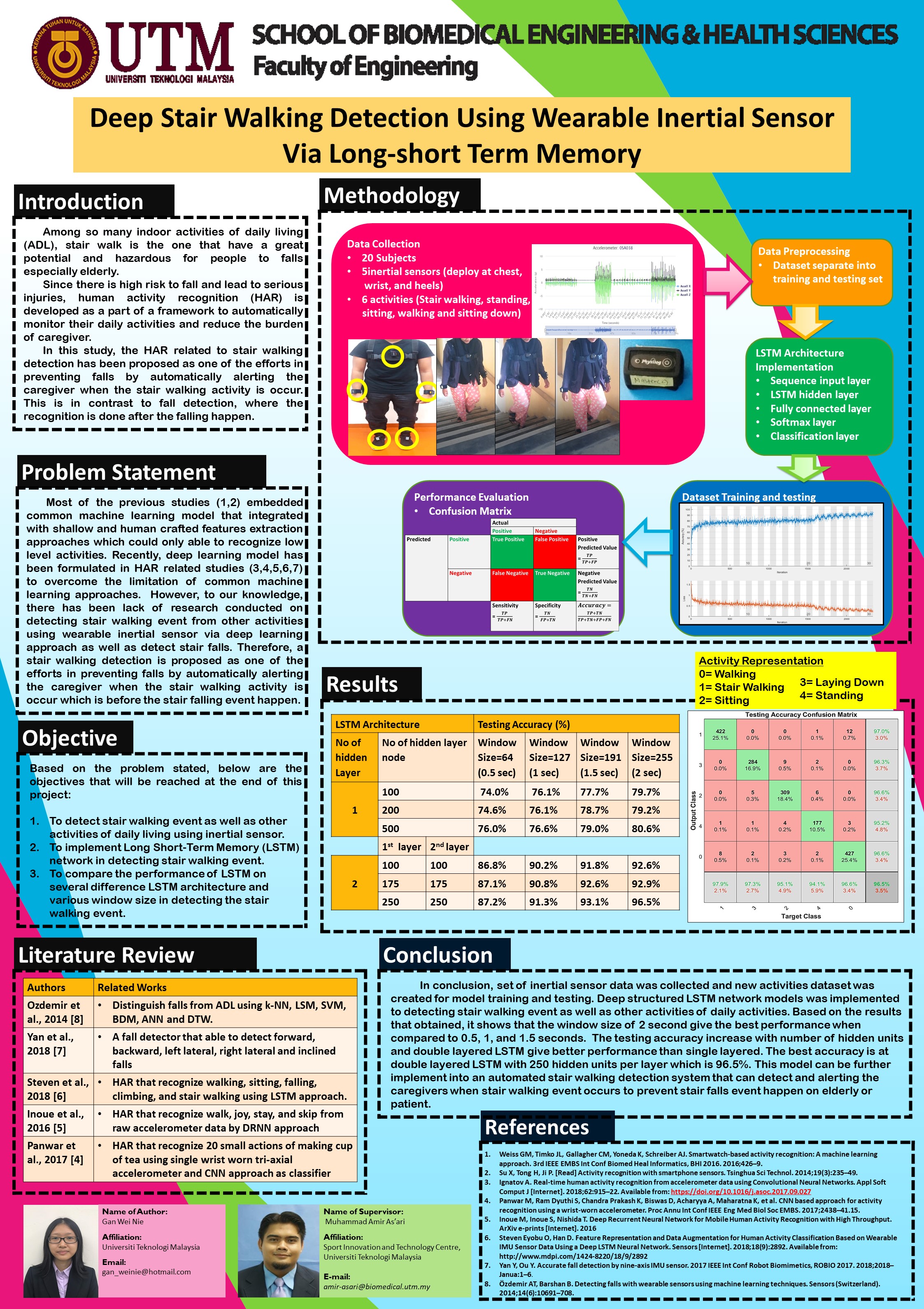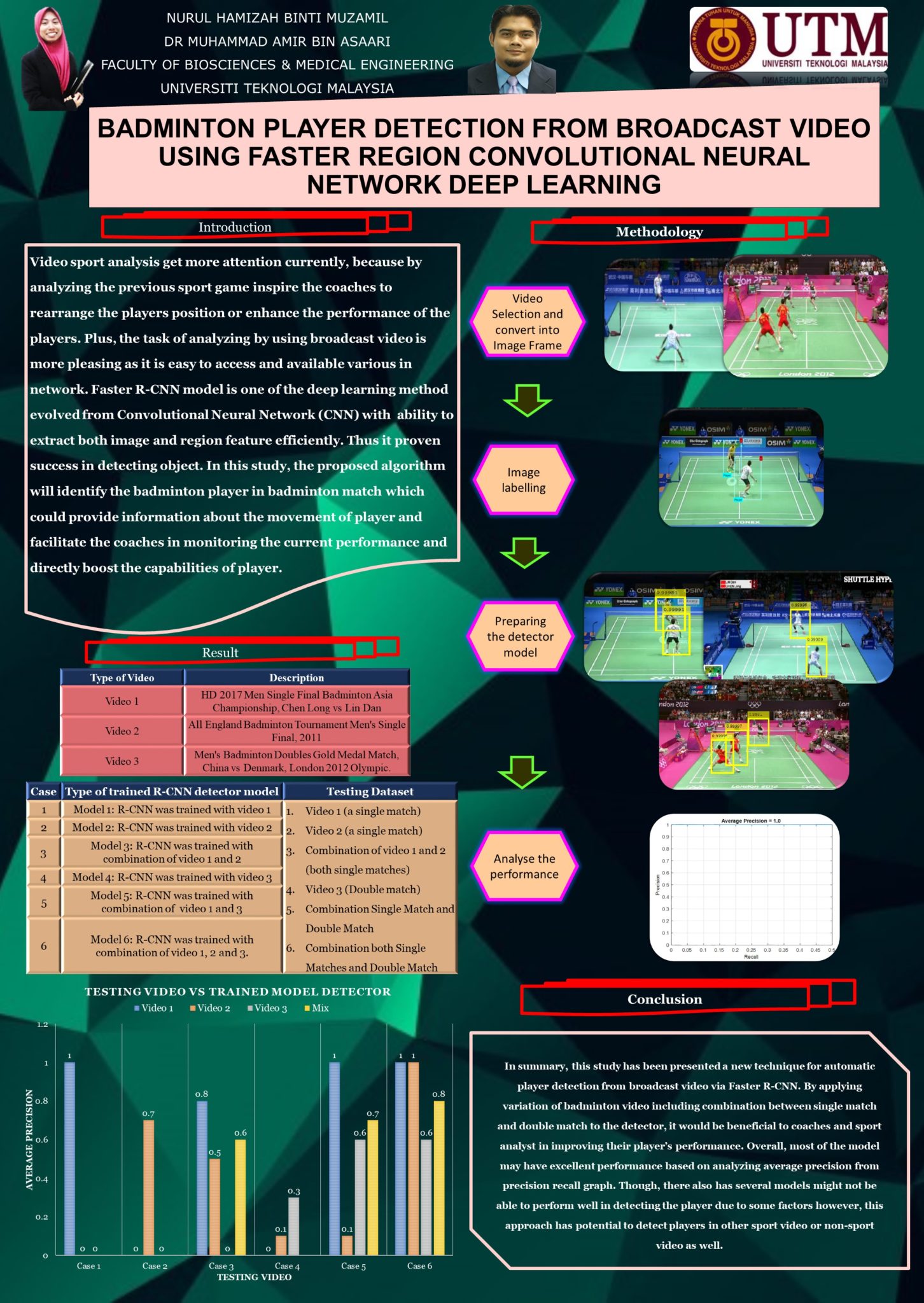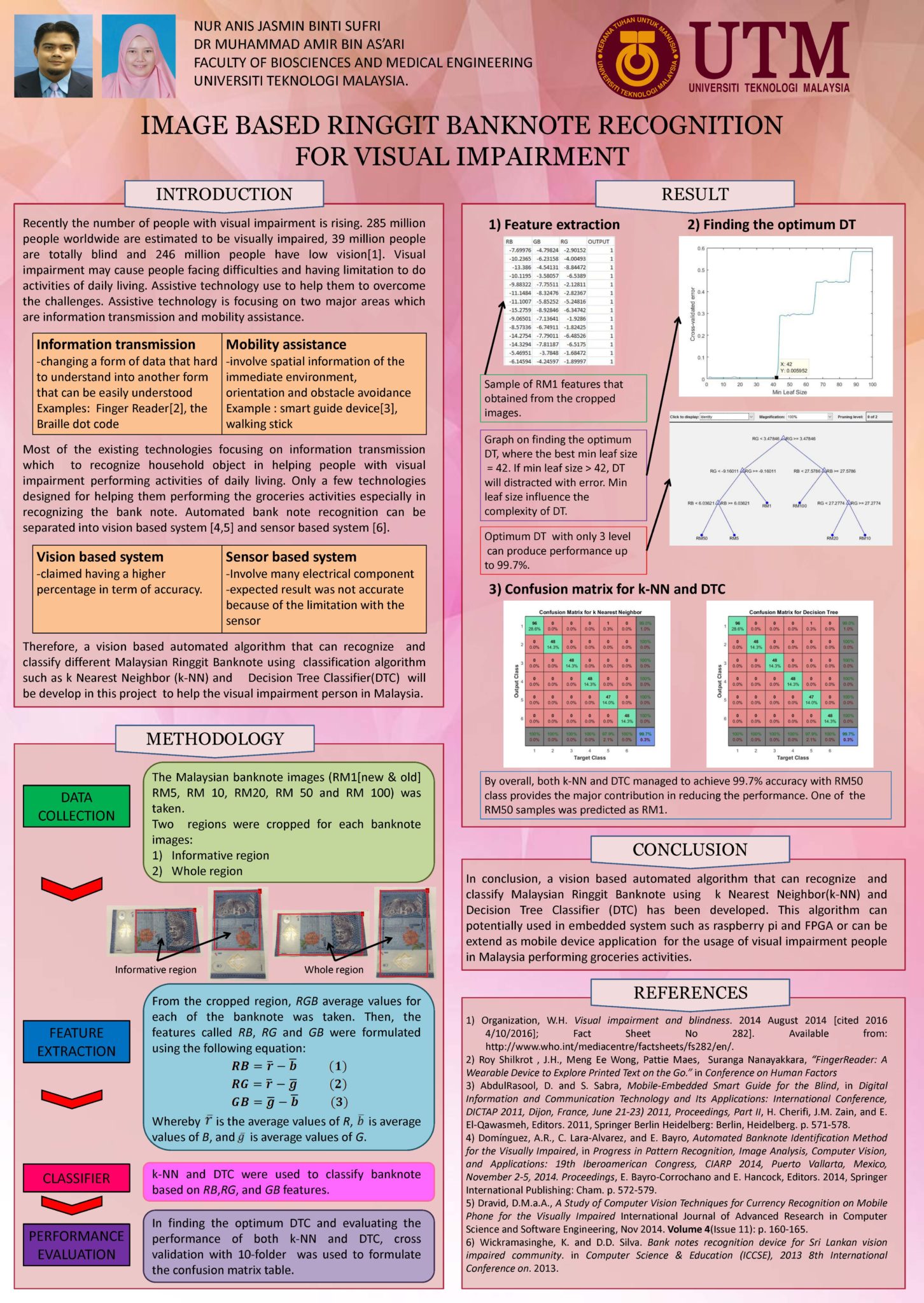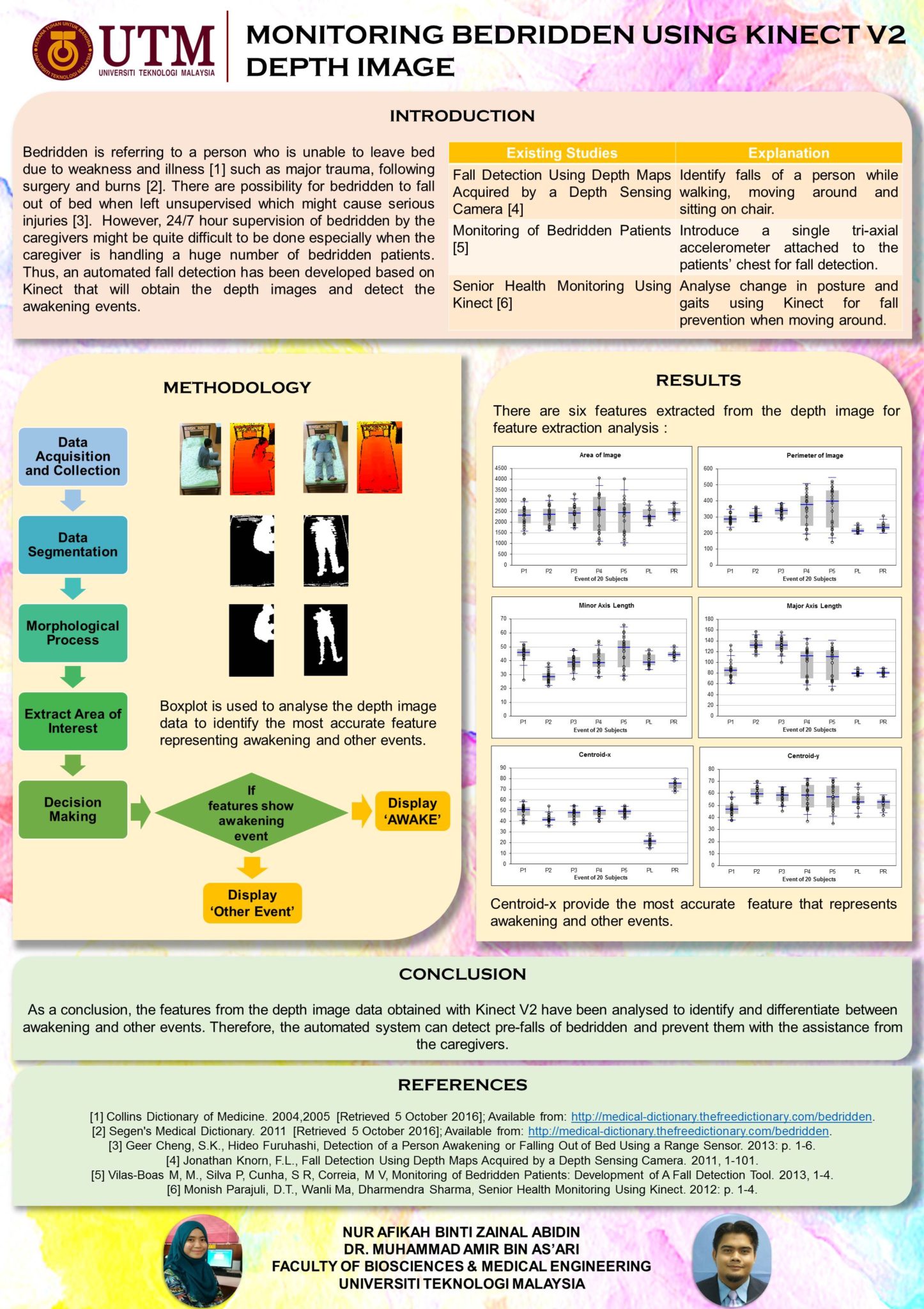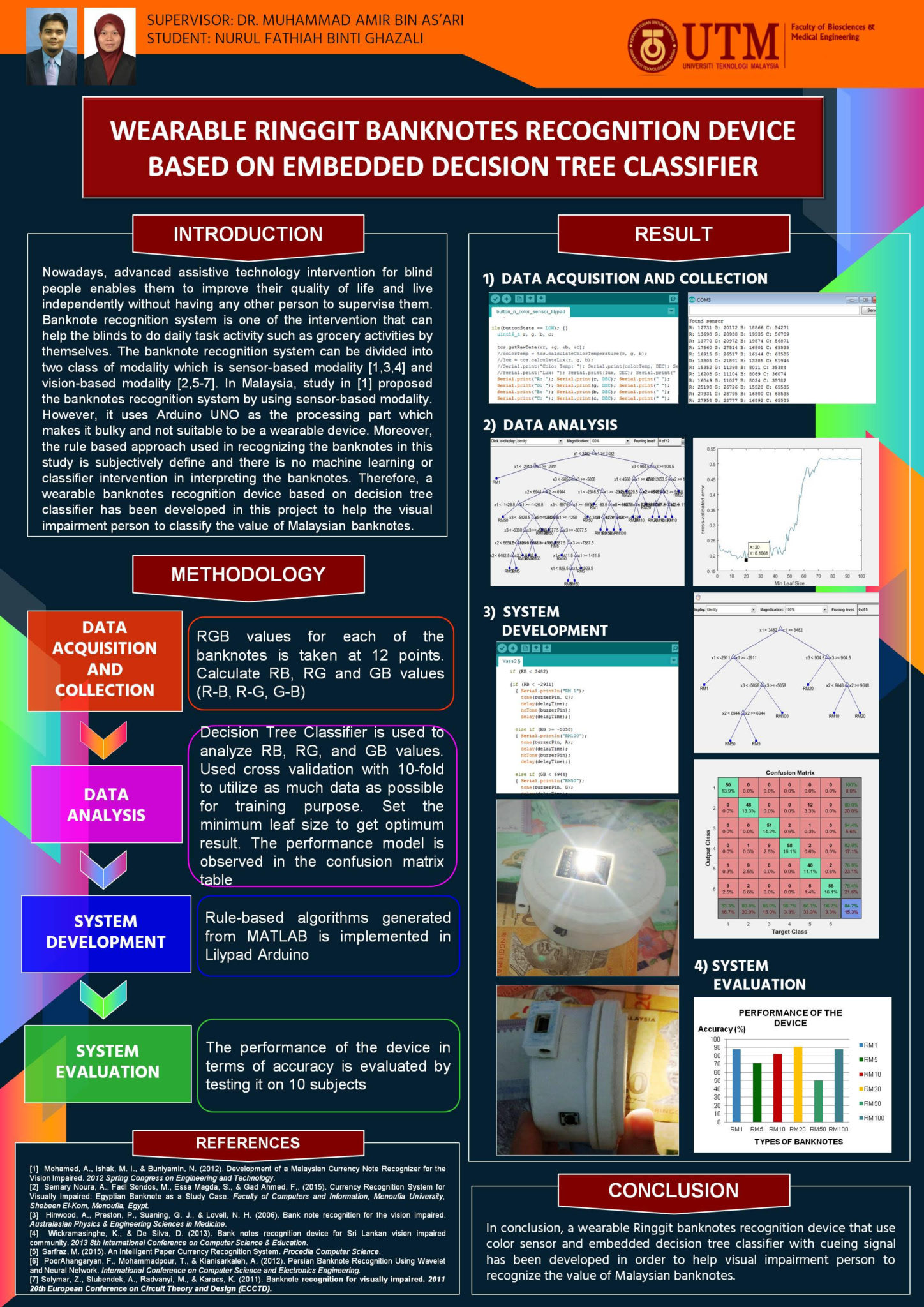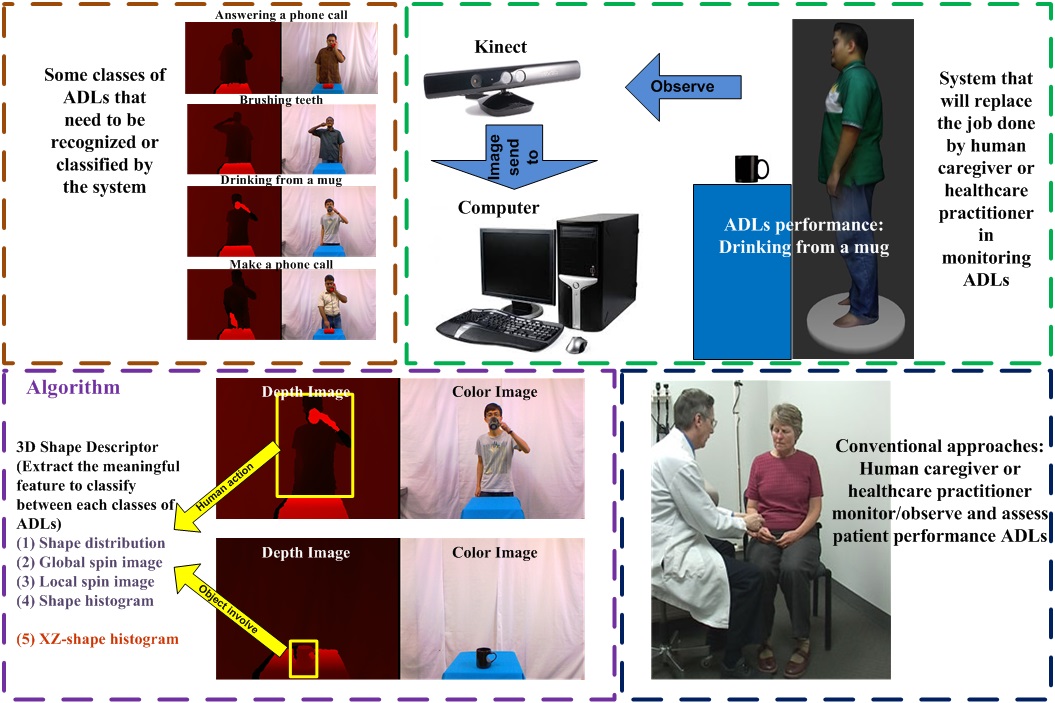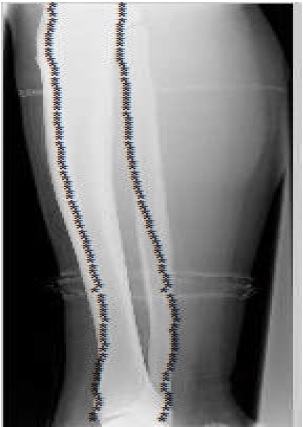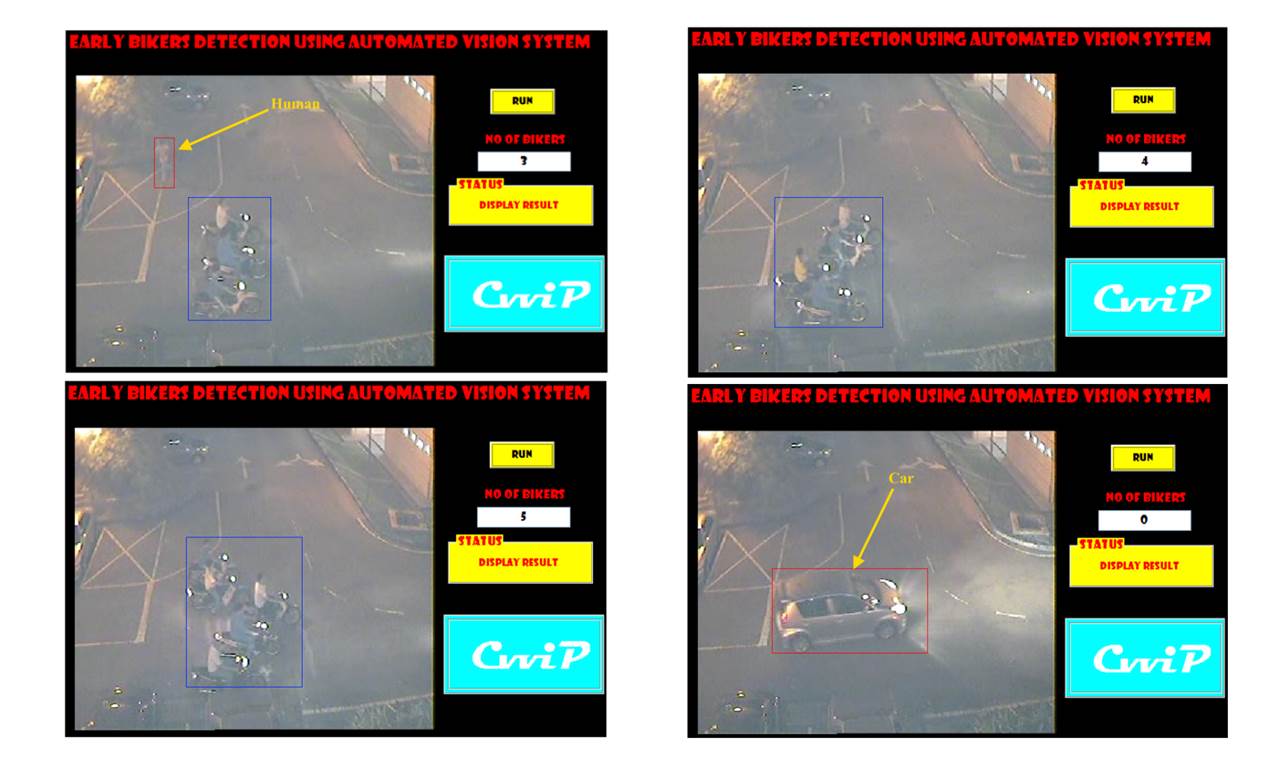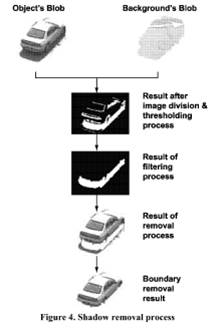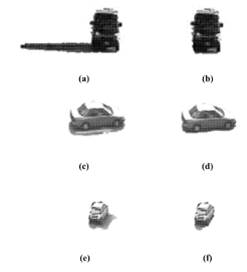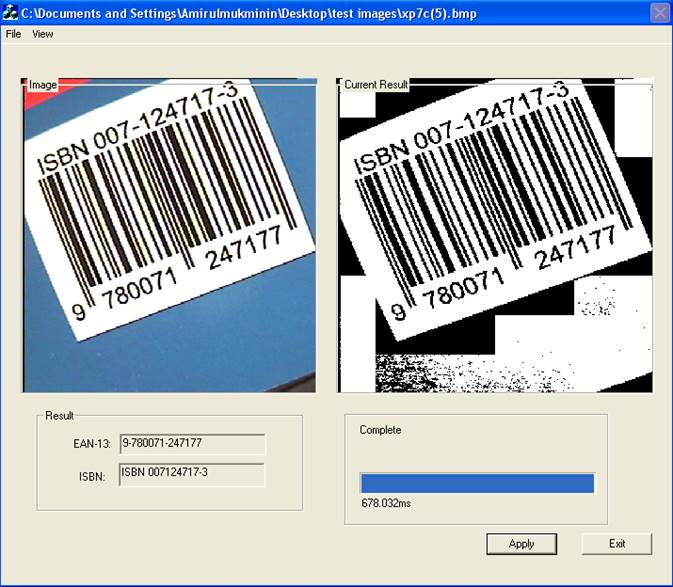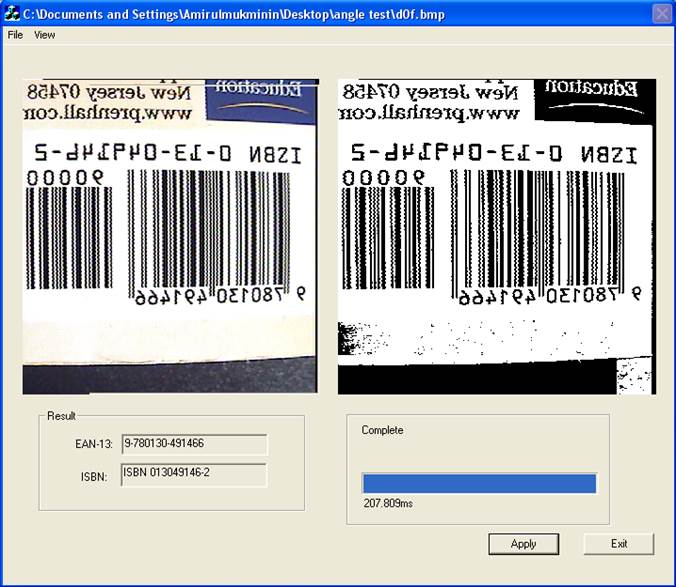1) E-Sports Analytics: Player Unknown’s Battleground Player Placement Prediction Using Machine Learning Approach (2019-2020)
2) Vision Based Deep Learning Coins Recognition For Visual Impaired Person (2019-2020)
3) Pneumonia Detection From Chest X-ray Images Using Deep Learning Approach (2019-2020)
4) Deep Stair Walking Detection Using Wearable Inertial Sensor Via Long-short Term Memory (2018-2019)
5) Badminton Player Detection From Broadcast Video Using Faster Region Convolutional Neural Network Deep Learning (2017-2018)
6) Common Sport Movement Recognition From Wearable Inertial Sensor (2017-2018)
7) Image Based Ringgit Banknote Recognition For Visual Impairment (2016-2017)
8) Monitoring Bedridden Using Kinect-like Depth Image (2016-2017)
9) Wearable Ringgit Banknotes Recognition Device Based On Embedded Decision Tree Classifier (2015-2016)
10) Automated Prolonged Sitting Detection In Office Workplaces Using Kinect (2015-2016)

11) Ringgit Notes Recognition Based On Colour Sensor For Visual Impairment (2015-2016)
Abstract:
In the past, Malaysian ringgit notes were not designed for the visually impaired. Recently, Braille markings have been incorporated with the Malaysian ringgit notes. However for the blind Malaysian who do not know how to read Braille find that it is very difficult to differentiate between several differences kinds of Malaysian banknotes. There are many devices available in the market but it is not suitable to detect Malaysian ringgit notes. The objective of this project was to develop a compact device by using color sensor to assist visually impaired people to recognize Malaysian ringgit notes. This device will detects different colors of Malaysian bank notes and producing the beeping sound to differentiate the difference of each notes for MYR 1, MYR 5, MYR 10, MYR 20 and MYR 50. This device is evaluated by determine the appropriate distance between the banknotes and the color sensor for the each of the different value of the banknotes. From several testing, the appropriate distance for the color sensor to detect the value of the banknotes are 1.0 cm. This device manages to detect banknotes by classifying the banknote based on colour description using the colour sensor TCS34725. Moreover, this device also produce the cueing system for the visual impairment to acknowledge the value of the Ringgit Notes.
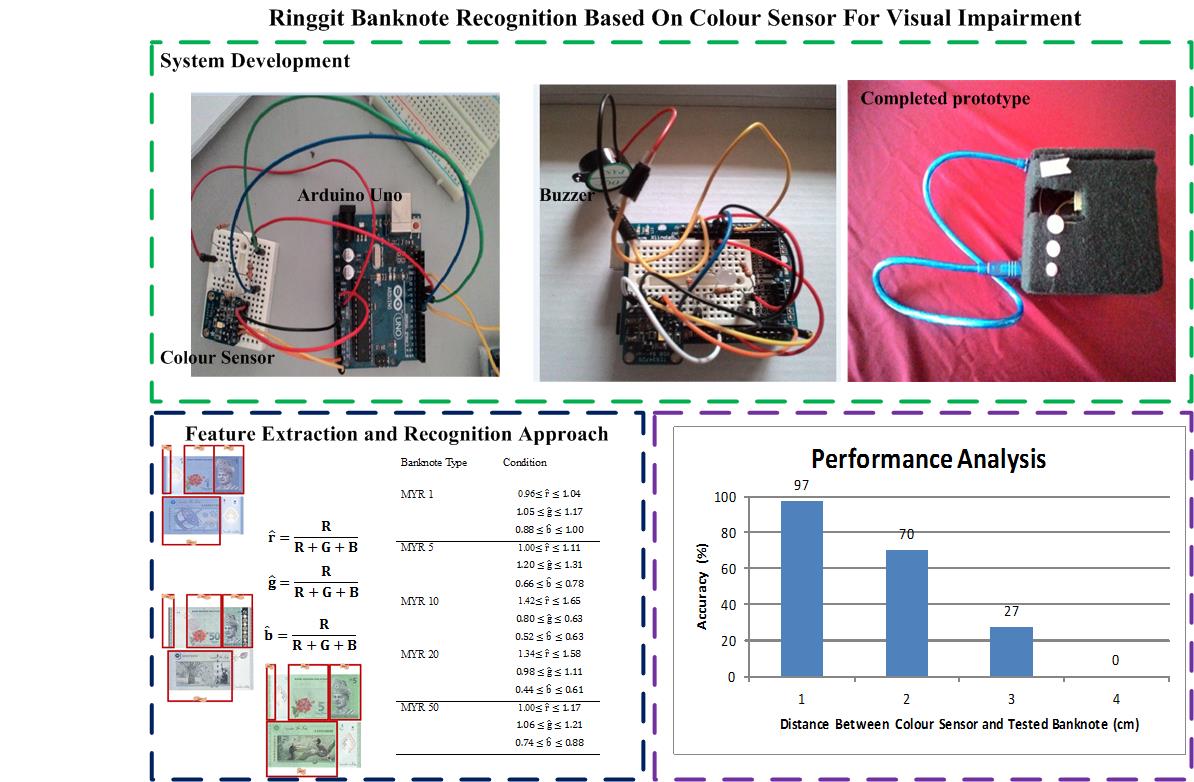
12) 3D Shape Descriptors For Activities of Daily Living (ADLs) Interpretation Based On Kinect-like Depth Image (2010-2014)
Abstract:
The combination between two-dimensional color and depth image has become the most recent approach in improving the recognition rate of interpreting human action in developing intelligent monitoring system for Activities of Daily Living (ADLs). This study investigates the feasibility of three-dimensional (3D) shape descriptors for the interpretation of ADLs on the human action-object interaction from the depth image. The investigation is divided into two evaluations, first the evaluation of 3D shape descriptors for manipulated object and human action using color Red-Green-Blue and Depth (RGBD) object dataset and Human Activities Recognition Localization (HARL) dataset. The second evaluation is on the combination of 3D shape descriptors from manipulated object and human manipulation action using the proposed RGBD-Human-Object Interaction (RGBDHOI) dataset. Shape distribution, shape histogram, global spin image and local spin image were formulated from the object before evaluating the 3D shape descriptors using the proposed similarity matrix evaluation framework. The same 3D shape descriptors were then evaluated in the case of interpreting human action. Shape distribution and local spin image outperformed other 3D shape descriptors in terms of performance. Finally, shape distribution and the proposed XZ-shape histogram were applied and managed to surpass other 3D shape descriptors in representing the manipulation action and manipulated object. The combination between shape distribution from both manipulation action and manipulated object obtained an area under the Receiver Operating Characteristic (AUC-ROC) curve of 0.9273 while the combination between XZ-shape histogram from manipulation action and shape histogram from manipulated object obtained an AUC-ROC of 0.9271 which outperformed other combinations in interpreting the human action-object interaction. Thus, these combinations of descriptors are suitable in the interpretation of ADLs.
13) Bone Segmentation Based On X-ray Image (2010)
14) Barcode Reader System for Mobile Application (2009)
15) Bikers Early Detection Using Automated Vision system (2008)
16) Object’s Shadow Removal with Shadow Validation (2008)
17) Image-Based ISBN Barcode Reader (2006)

